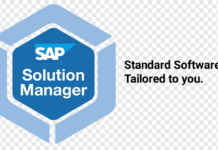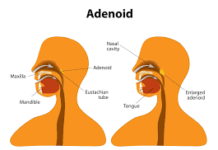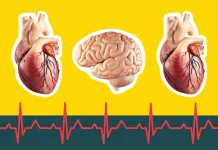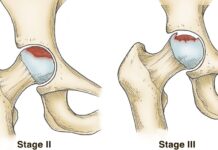Introduction
The use of technology into education in the twenty-first century has caused a paradigm change in how we study and gain information. Rapid technological breakthroughs have created a world of opportunities, revolutionizing conventional teaching strategies and empowering both teachers and pupils. As we move through the year 2000 and beyond, the goal of this blog is to investigate the varied contributions that technology has made to education.

Access to Information and Knowledge
A massive repository of knowledge and information is now democratically accessible thanks to the internet, a symbol of technological advancement. The time when students had to rely just on their textbooks and encyclopedias is long past. Now, they may quickly and easily get the most current and complete information from reliable sources all over the world. Learning resources such as online libraries, instructional websites, and digital repositories enable students to conduct independent research outside of the classroom.
Personalized Learning
Personalized learning experiences that are tailored to the needs and learning preferences of each individual student are on the rise thanks to technology. The content and pace of learning are tailored as a result of an analysis of a student’s performance, strengths, and shortcomings. This individualized method encourages a greater comprehension of subjects and improves student motivation and engagement.
Enhanced Teaching Tools
Teachers aren’t just confined to chalk and blackboards anymore. Interactive whiteboards, multimedia presentations, educational apps, and simulation tools have all been made possible by technology, making learning more interactive and interesting. Teachers can now use movies, animations, and virtual reality experiences to help pupils relate to and understand abstract ideas.
Collaborative Learning
Geographical restrictions are essentially gone thanks to technology, allowing students from all over the world to work and study together. Collaboration software, online collaboration tools, and video conferencing capabilities have simplified cross-cultural contacts and group tasks. This exposure to many viewpoints not only enhances the educational process but also gets students ready for a more interconnected world.
Gamification of Learning
Student involvement has changed dramatically as a result of gamification, the incorporation of game aspects into learning. Routine chores are transformed into fun challenges via educational games and quizzes, encouraging students to participate fully and compete. When learning is enjoyable, students are more likely to put in the time and effort necessary to acquire new material.
Data-Driven Education
Using technology, educators can gather and examine data on student involvement and performance. Instructors can pinpoint problem areas, spot learning trends, and then customize treatments using learning data. This data-driven strategy promotes ongoing development and guarantees that no learner is left behind.
Artificial Intelligence in Education
Artificial intelligence (AI), which provides creative solutions to improve learning experiences, has become a crucial component of the educational landscape. AI-driven chatbots offer immediate aid to students by responding to their questions and offering specialized help. The analysis of student performance data by intelligent tutoring systems identifies knowledge gaps and recommends pertinent study materials. Additionally, AI-driven assessment systems assist teachers in quickly marking papers and giving students useful comments.
Global Collaboration and Knowledge Sharing
Technology has facilitated previously unheard-of global collaboration between researchers and educators. The exchange of ideas, best practices, and research findings is facilitated via online educational platforms and social networks. Teachers can learn more about cutting-edge teaching techniques from professionals from around the world by participating in online conferences, webinars, and workshops.
Digital Assessment and Feedback
Digital exams, which have many benefits, are increasingly taking the place of conventional paper-based exams. Automatic grading of online exams, quizzes, and assignments frees up professors’ time while giving students immediate feedback. Students can quickly develop by identifying their strengths and weaknesses thanks to this fast feedback loop.
Inclusive Education for Students with Special Needs
For students with special needs, technology has changed the game by enhancing accessibility and inclusivity in the classroom. Students with impairments can take an active role in their education thanks to assistive technologies like screen readers, speech recognition software, and adaptable keyboards. Online courses and other digital materials can also be tailored to a student’s specific learning needs.
Continuous Professional Development for Educators
Opportunities for educators to pursue professional development have been transformed by technology. Teachers can update their skills, learn about the most recent educational trends, and share experiences with peers around the world through online workshops, webinars, and courses. The entire quality of teaching is improved by continuous learning, which keeps teachers informed and inspired.
Conclusion
The use of technology in education has the potential to grow as we progress through the twenty-first century. The above-mentioned contributions are just a small sample of the huge terrain that technology has made available to both educators and students. However, it is crucial to approach the incorporation of technology intelligently, making sure that it supports the advancement of critical thinking and problem-solving abilities and complements educational goals. Technology can surely continue to be a strong driver for change in education with a responsible and balanced approach, paving the way for a better and more enlightened future.






































